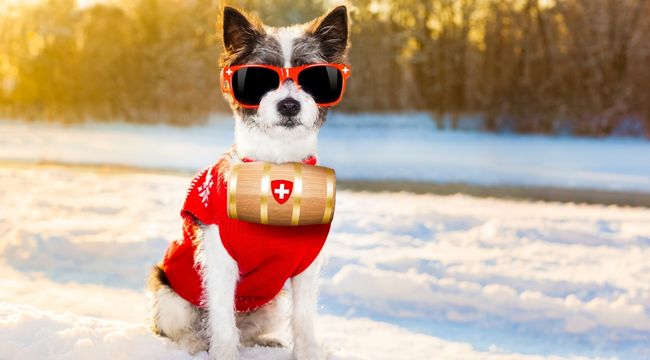
Dogs are a big part of many families, and during the winter months, it is important to make sure they stay safe and healthy. There are many hazards that can come with cold weather, such as slipping on ice, getting lost in the snow, and even frostbite or hypothermia. In this blog post, we will give you 11 tips to help keep your dog safe and healthy this winter!
Health risks for dogs in winter:
1. Cold Weather: Dogs, especially short-haired breeds, can be at risk of hypothermia and frostbite in cold weather if they are not properly protected. Make sure to limit their time outdoors when temperatures drop and provide them with warm clothing or a dog parka when they do go out.
2. Dehydration: With the dry, cold winter weather, dehydration is a common risk. Make sure to provide plenty of fresh water for your pet both indoors and outdoors, and if they are going out in the snow make sure they have access to heated dog bowls or non-frozen water sources.
3. Ice & Slips: If your dog is playing in the snow, there is a chance they could slip and injure themselves on icy terrain. To prevent these injuries, make sure to give them boots or paw protectors so their feet are secure when walking around.
4. Snow Eating: Eating too much snow can cause diarrhea or dehydration due to its high water content. While it might be difficult to stop your pup from eating snow, try to keep their outdoor times short and limit their consumption. If your dog chews on things, make sure to check for any exposed wires or poisonous twigs that may be lying around outside.
11 Safety Tips for Dogs in Winter:
1: Dental care: Sometimes dogs chew on things. Treat dog chewing paws as soon as possible in order to prevent dental issues and other health problems.
Make sure to brush your pup’s teeth regularly and provide lots of chew toys to help keep their teeth clean and healthy during the winter months.
2. Paw Care: After your pup has been out in the snow, make sure to check their paws for ice buildup or any cuts that could have occurred while walking around. You can use a warm cloth to gently remove any ice and debris from the paws. To prevent the build-up of snow or ice on their paws, use pet safe deicing salt or paw wax before they go out.
3. Heat Sources: Make sure to keep your dog away from heat sources like radiators and stoves that could burn them or make them too hot. Also, make sure their bedding is far enough away from these sources to prevent any burns or overheating. If you’re keeping your pup indoors, make sure to provide them with plenty of heat sources like heated pads and blankets.
4. Identification: If your pup does go outside, make sure to have them wear a collar with their name and contact information in case they get lost in the snow. If you’re worried about them getting cold, you can also buy coats or sweaters that have their contact info printed on it.
5. Grooming: During the winter months, trim your pet’s hair to keep them warm and comfortable. This can also help to keep their skin from getting irritated or infected due to cold weather. You can use dog shampoo for cats, but make sure it is specially formulated for their breed and skin type.
6. Visits to the Vet: Make sure to take your pup for regular visits to the vet to make sure they are healthy and up-to-date on vaccinations. Make sure to take your pup for regular check-ups to ensure they stay healthy throughout the season.
7. Diet: Provide your pup with a balanced diet that is high in proteins and fats to help them stay warm during the winter months. If you’re keeping them indoors, make sure to provide plenty of treats and toys to keep them entertained. An appropriate diet is essential to ensure your pet’s health. Make sure they are eating the right balance of nutrients throughout the winter months.
8. Preventative Health Care: Having your pet on the appropriate preventative health care program can help keep them healthy and protected against common winter illnesses.
9. Outdoor Shelter: If you have an outdoor pet, make sure to provide a warm and dry shelter that is away from the wind and snow. Make sure to replace the bedding frequently to ensure your pup’s comfort.
10. Acclimatation: Make sure to gradually introduce them to cold conditions by taking them out for short periods at first and building up their tolerance over time.
11. Exercise: Make sure your pup gets enough exercise, even in the winter months. Take frequent walks and provide plenty of toys for indoor playtime. Make sure to gradually introduce them to cold conditions by taking them out for short periods at first and building up their tolerance over time.
We hope these tips help you keep your pup safe and healthy this winter! If you have any other questions or concerns, please consult a veterinarian. Thank you for reading!
Read More:


